At the end of the summer season, the books will be donated to schools in the area, under the hotel’s corporate social responsibility program.
By Ioanna Zikakou

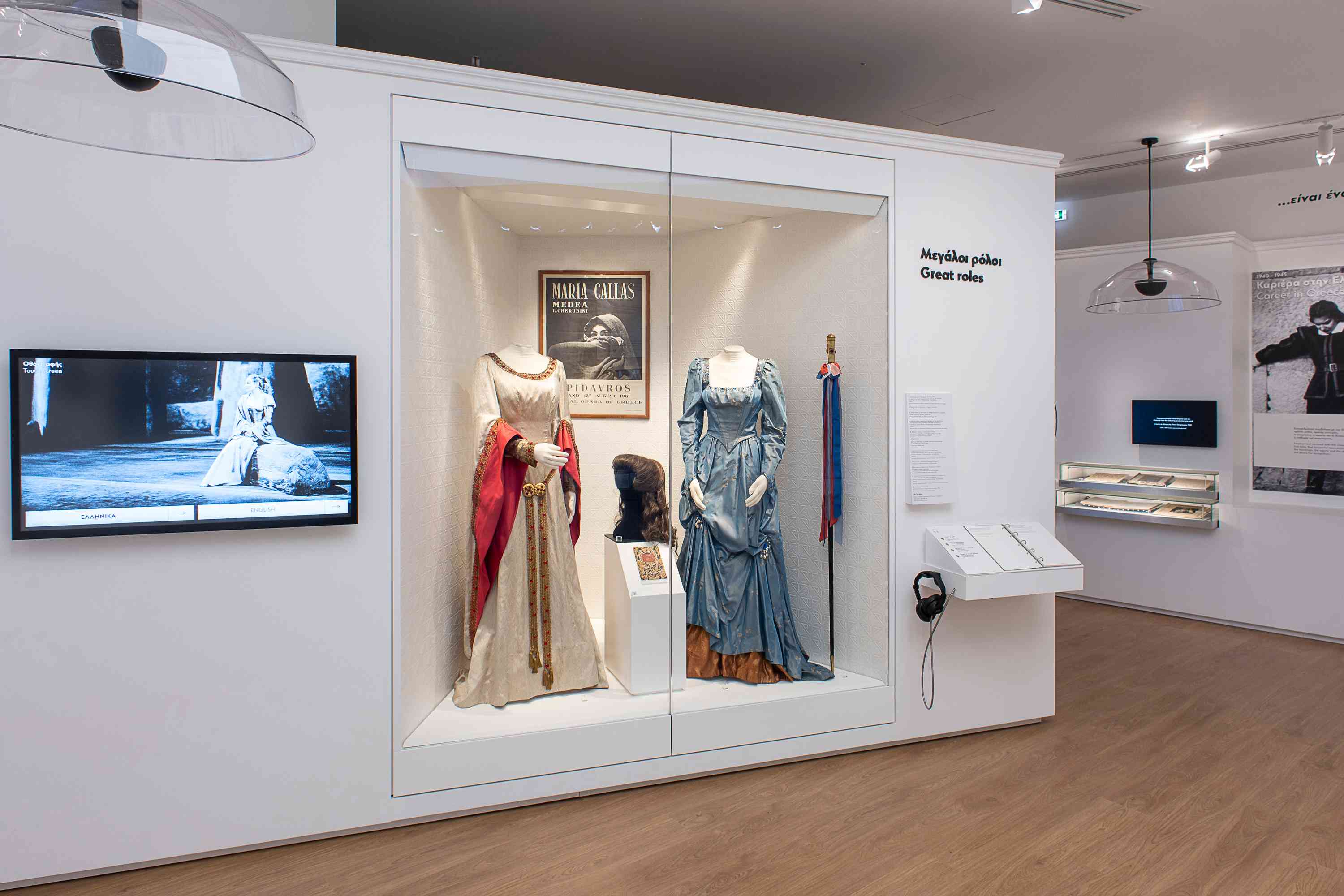

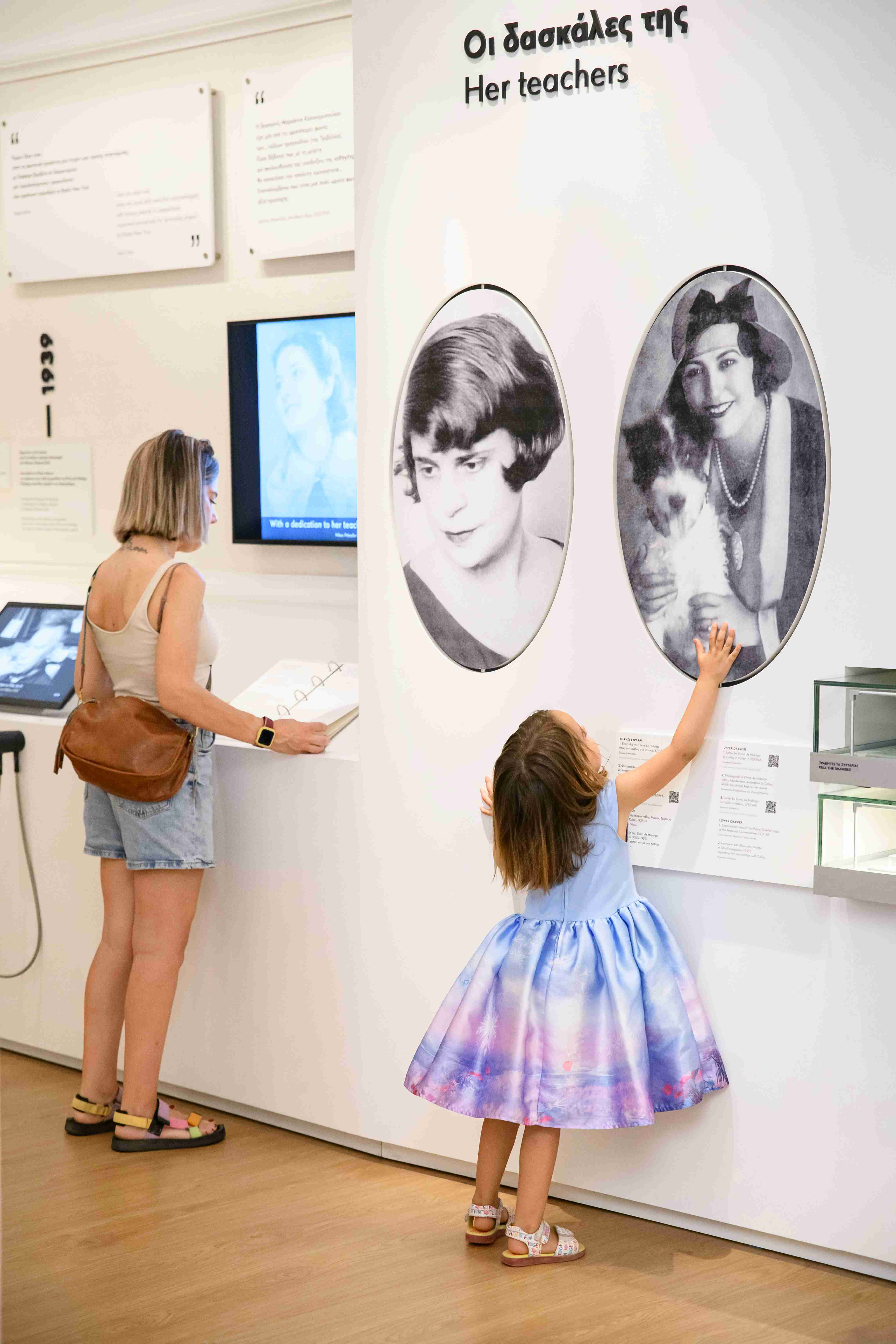

With ‘kalo xeimona’ having re-evolved into ‘let’s go to the beach’, I am still very much in shorts & flip-flop mode. Even with a couple days of rain, the warm weather is not budging – a fact I love to share with my northern European friends and colleagues. This also means that I still have a trickle of visitors, thankfully not the kind that stay over ;) But certainly the kind who want to go to ‘the Plaka’ and takes some photos…
Everybody has been in Plaka, and everybody has their views – it’s beautiful; it’s touristic; the heart of Athens; the worst tavernas in Athens. I might agree with some or all of these views (and there are plenty more!), but I still love to spend an afternoon wandering, or sitting at a little table and watching the world go by… I like to imagine that Athenians have been doing exactly that – maybe even right where I was sitting – for countless centuries before… Someone once told me I’m just a ‘romantic xeno’! Perhaps.
My own favourite part of Plaka is the stairway of Mnisikleous Street. This is a magical place, crammed full of little chairs and tables, flowers overhanging all the way up, with the great energy of chattering voices. If you’re not sure which stairway I mean: it’s the one where the tourists stop to snap a photo as they walk by.
My favourite café on this little street is ‘Yasemi’. It’s the first one on the left as you go up the stairs. I’ve gotten to know the staff over the times I’ve been there, so it feels a little bit like hanging out at a friend’s place…
The other night, with visitors in tow, we walked by again and the whole scene was positively buzzing. I stopped to say hello to my ‘friends’ at Yasemi, and they told me that I must sit and eat at the little place on the opposite side of the stairs – ‘Apollonia Lyra’. This is parallel to the stairway, sort of the ‘back door’ of Yasemi. She told me ‘just trust me’. So I did.
As it turns out, we had what my friends called ‘the best Greek night ever’. Imagine a narrow alley with tables and chairs, surrounded by the painted walls of old homes, live (good) Greek music, food that was surprisingly better than a ‘Plaka taverna’, and a price that wasn’t so bad… The whole thing could have been a total kitschy disaster; instead, it was magical.
Some call Plaka authentic, some call it touristic. In a city like Athens, I’m not sure where that line gets drawn. For me, Mnisikleous Street is as authentic as it gets. Yes, tourists find their way here – but each time that I’ve been there, it is a decidedly Greek clientele sipping their freddo cappuccinos or their wine.
I often wander into Plaka, even on my own, especially early in the morning when I have the chance. Tourist shops aside, there is an undeniable magic in the air there – these centuries-old streets where, I imagine, not much has changed. The stairways, the alleys, the homes, the narrow streets; this is the Athens I imagined before moving here, and it has remained one of the parts of Athens that I love most.
Until next week,
Jack
Yiasemi Café
Mnisikleous 23, Plaka
www.yiasemi.gr
Apollonia Lyra
Lysiou 12, Plaka
www.facebook.com/apollonia.lyra
In this weekly space, keep up with ‘Jack’ as he navigates daily life in Athens… Anecdotes, stories, hits & misses, the good, the bad and, well, the rest…
When travelling on a rather strict budget, it’s always nice to be able to visit some interesting places which don’t cost a thing. Thessaloniki is a very interesting city, with plenty of places to check out. If you are passionate about culture, you can visit museums, art galleries and churches for free. And, of course, walking doesn’t cost anything (except your energy).
1. A walk in the Old Town
A walk in the Old Town of Thessaloniki is a history lesson at its best. Formerly surrounded by the Byzantine walls and mainly inhabited by Turks, the Old Town comprised narrow streets, interesting houses, lush gardens and court yards. Although some of the buildings are in ruin now, walking here is an incredible experience.
Walking is, by far, the best way to explore the rest of Thessaloniki as well. Just pack a good pair of walking shoes, make sure to have a map available and have fun!
2. Ataturk Museum
Address: 75, Apostolou Pavlou St.
Opening hours: daily 10 a.m. – 5 p.m.
The founder of modern Turkey, Mustafa Kemal Ataturk, was born in Thessaloniki. The house was given to the Turkish state which decided to turn it into a museum. Most of the furniture found inside is authentic. While the ground floor is not of much interest to the public, the most impressive room is located at the 2nd floor and is the room where Ataturk was born.
3. Church of Agios Dimitrios
Address: 83, Aghiou Dimitriou St.
The Church of Agios Dimitrios is dedicated to Saint Demetrios, the patron of the city. It is the largest church in Greece and a unique experience especially for those not used to the Orthodox Churches.
The first church was build on the very same spot in 313 A.D. but the church we can visit today was completely rebuild in 1948 (true to the original plans).
To read more, please visit www.greecelogue.com
By Christina
The Thalatta Seaside Hotel in Agia Anna, Euboea, Greece found a clever way to nudge its guests to read books during their holidays. The hotel built a library on the beach. What looks like a simple wall at the edge of the beach actually consists of diamond-shaped shelves, full of books awaiting visiting readers.
For the time being the library holds around three hundred books in four different languages but is able to hold at least one thousand volumes. The hotel urges visitors to bring their own books to add to the collection.
At the end of the summer season, the books will be donated to schools in the area, under the hotel’s corporate social responsibility program.
By Ioanna Zikakou
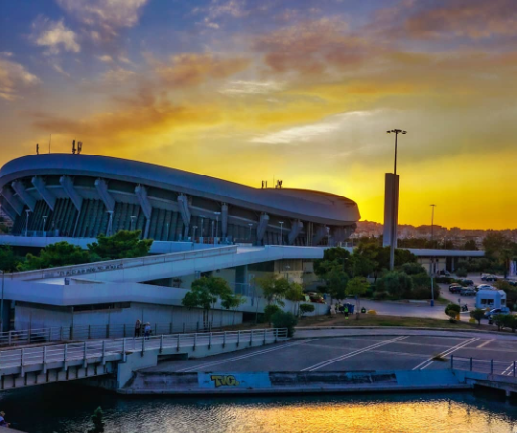
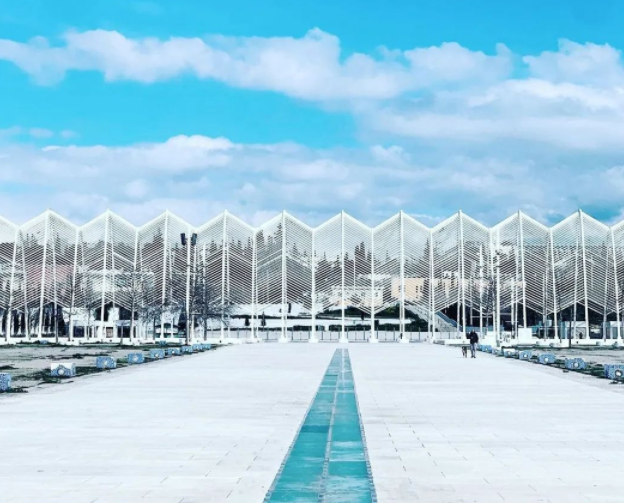
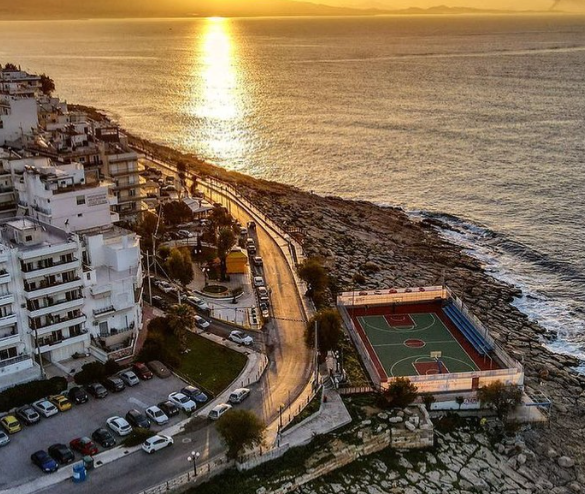
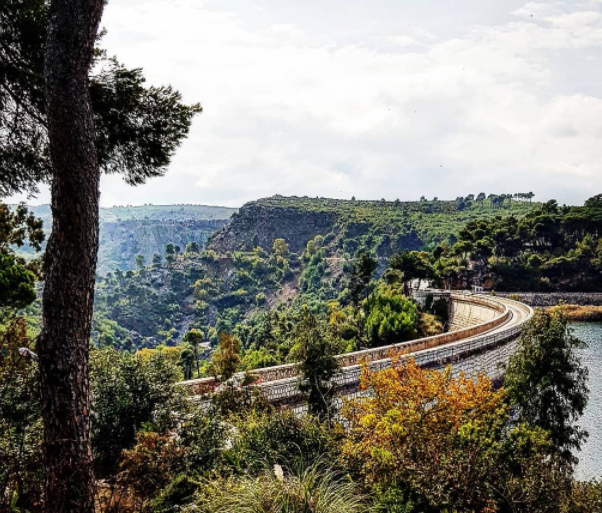
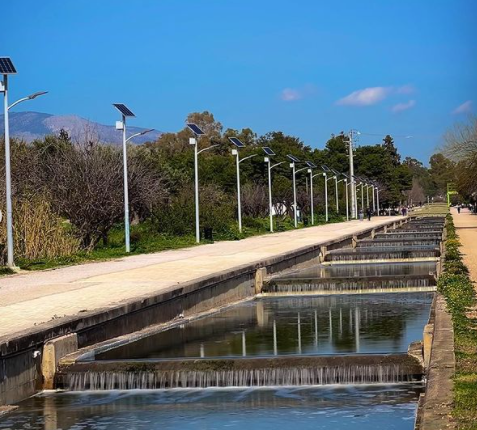
The Greek street artist who goes by the name 'Hambas' has recently created a touching mural on the wall of an elementary school in Rafina, eastern Attica.
His touching tribute to the 102 victims of the 2018 fire in Mati depicts a bright-eyed boy holding a branch of 102 heart-shaped fruits, symbolizing each of the victims of the dreadful wildfire.
The blazes in Mati are the second-deadliest fires so far in the 21st century, after the 'Black Friday' bushfires in Australia, which claimed the lives of 180 people in 2009.
Article Source: GreekReporter.com
Photo: @hambas_